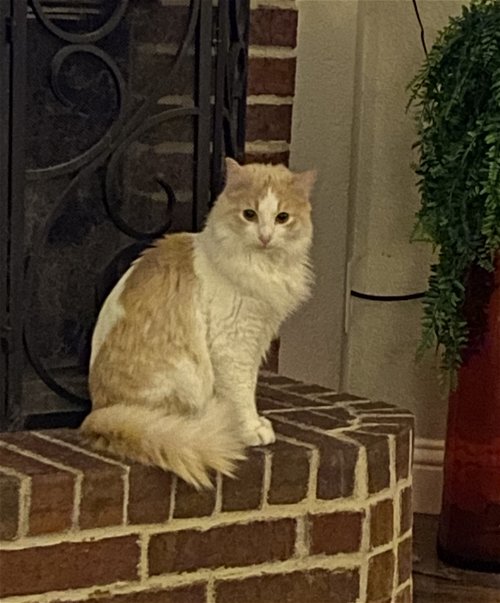Feline AcneWhat it is and How to Treat It?
 |
Feline acne is a common disorder found in domestic cats in which black heads appear on a cat's lower lip, face, or chin. The disorder is a direct result of the over active sebaceous glands around the feline's face. Cats often rub their faces against household objects like furniture. In the process an oily secretion that is produced and is rubbed on the object. |
This is practice is territorial marking, and it also helps the skin to remain supple while making the cat's coat waterproof. This is a common phenomenon. However in many cats these sebaceous glands becomes over active resulting in over production of the secretions making a greasy layer on the feline skin that leads to acne.
Feline acne is more apparent and noticeable in white or pale colored cats as their fur may appear discolored with yellowish greasy material. In the initial stages when the disorder is mild, the hair follicles around the chin of the cats may become clogged with the secretions that may appear as black heads.
If feline acne is left untreated and neglected, this situation may lead to secondary infection with inflammation of the hair follicles and also the appearance of papules and pustules that extract pus. The situation is severe in Persians as they tend to produce a waxy black material on the hair chin and the face of the feline.
Feline acne m ay affect any cat irrespective of age. Mostly the disorder is found to be mild but severe cases have trouble responding to treatment. The most common treatment for feline acne is the use of antibiotic soap, benzyl peroxide , or human acne pads. In severe cases of feline acne oral antibiotics are prescribed.
ay affect any cat irrespective of age. Mostly the disorder is found to be mild but severe cases have trouble responding to treatment. The most common treatment for feline acne is the use of antibiotic soap, benzyl peroxide , or human acne pads. In severe cases of feline acne oral antibiotics are prescribed.
Suggested preventive measures for feline acne include replacement of plastic feeding bowls by steel or ceramics, regular washing of bowls, and cleaning a cat's face after meals. One is well advised to consult a vet as soon as the symptoms of feline acne appear in order to avoid further complications.





